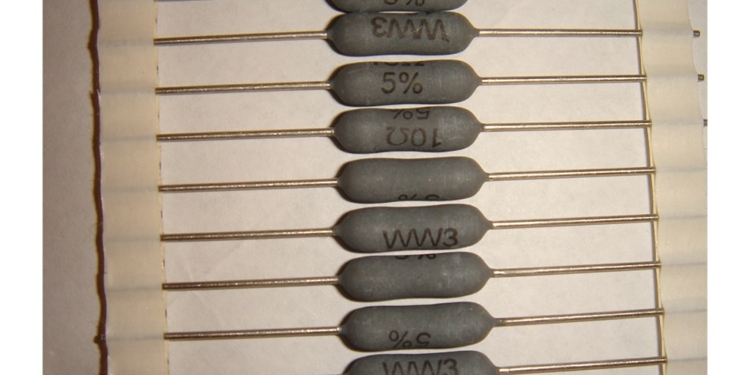Source: Stackpole news
The WW Series high temperature silicone coated wirewound resistors meet UL94V-0 flammability requirements.
The all welded WW is available in power ratings from 0.5 up to 11W and tolerances from five to 0.1%. Typical TCR for the WW series ranges from 90 ppm or better for resistance values below one ohm to 20ppm or better for values above ten ohms.
The WW is available in low inductance and non-inductive styles as well as high pulse power handling and high voltage versions. This versatility makes the WW a popular choice for a wide range of power management applications, motor controls and protection, and power supply input protection for a variety of electronic equipment.































